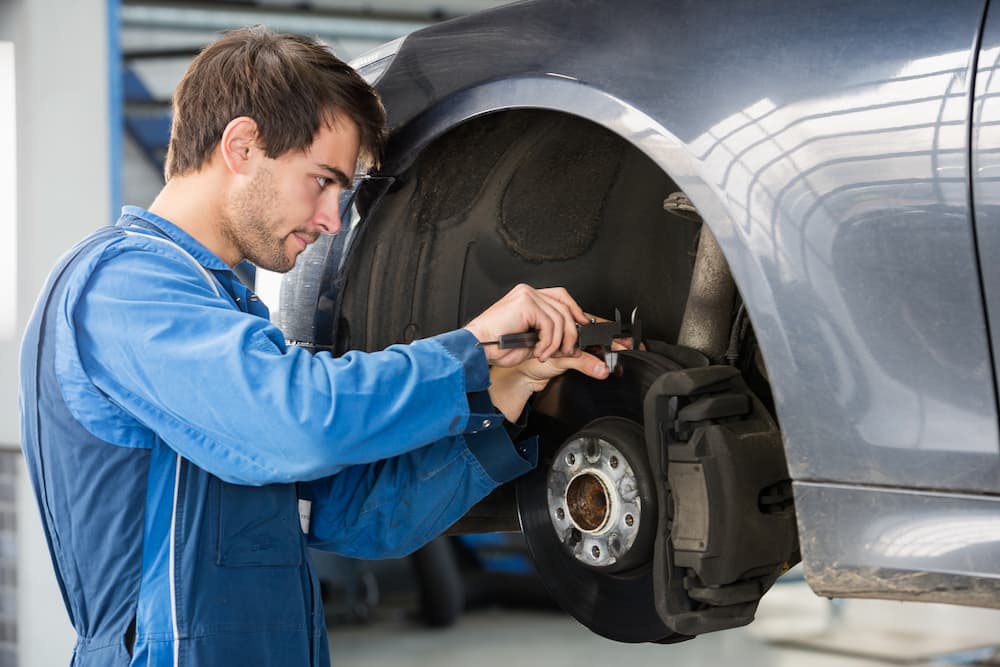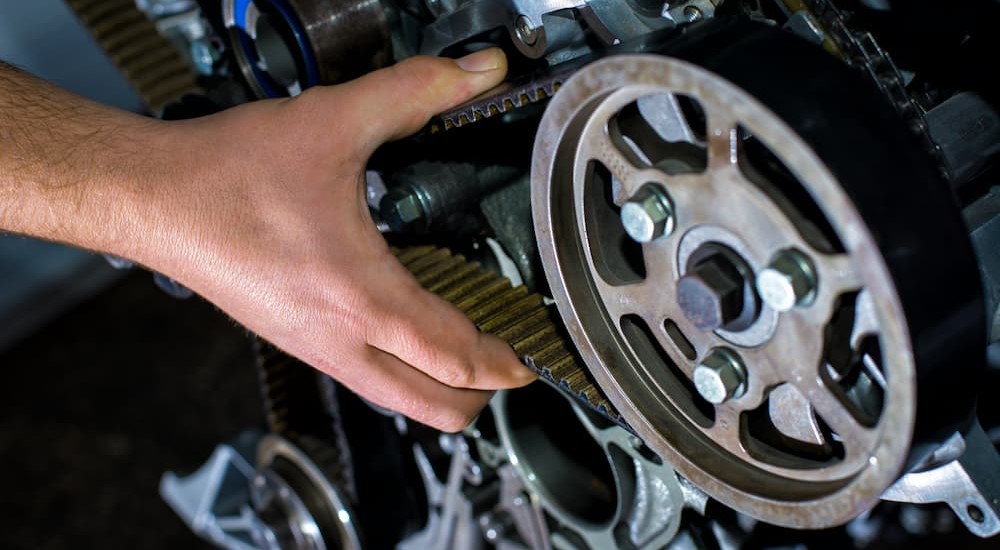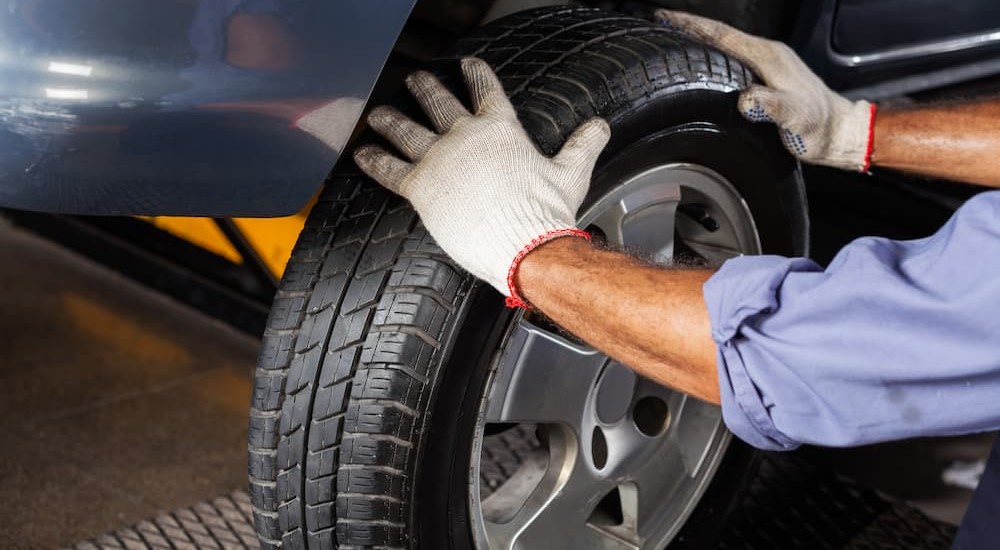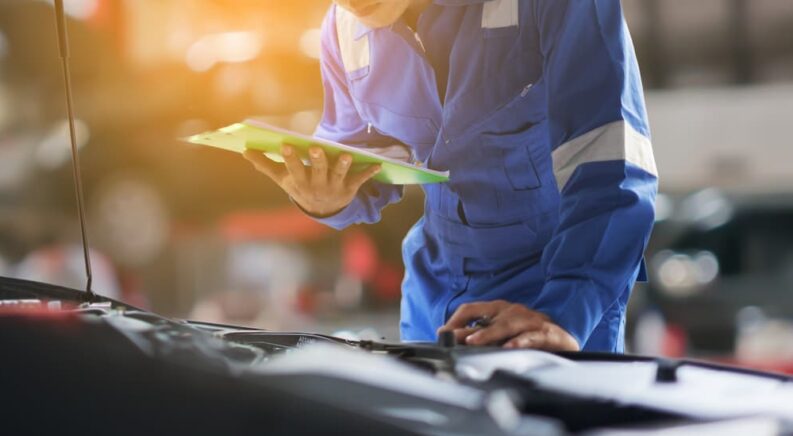Springtime is here again, and that means it is time to clean the salt out of the car, wash it off, and take it in for routine maintenance. Hondas are incredibly reliable vehicles, often lasting for hundreds of thousands of miles. Honda owners swear by their reliability. As with any mechanical device, cars last the longest when proper maintenance procedures are followed. Regular oil changes, tire rotations, and brake checks will help keep your vehicle in tip-top shape.
Honda car service providers will typically have a checklist to follow, checking fluid levels, air filters, belts, hoses, brake wear, tire condition, suspension parts, and several other key components. They will check for how recently the oil was changed and also look at the odometer to determine if some regularly scheduled maintenance is due as well. For example, transmission fluid flush is often scheduled for around 100,000 miles. Regularly checking up on the health of your vehicle will help to prevent bigger problems in the future.

The Importance of Regular Maintenance
Spring is an exciting time of year. Plants are beginning to turn green, flowers are blooming, and the weather is heating up once again. However, spring also signifies that it’s time for some spring cleaning. Many of us are happy enough to open up the windows and give our homes a thorough dusting, and this energy needs to extend to your vehicle. Give it an all-over clean, washing the outside and getting everything you collected, from gloves to road sale, out of the inside. However, cleaning is only the first step to preparing your car for the summer. You also need to handle all of your routine maintenance.
Oil changes are very important because oil needs to have a specific viscosity to provide the appropriate lubrication to the internal moving parts of the engine. After repeated heating and cooling, oil begins to become less viscous, which will lead to excess friction inside the engine. Friction will then cause increased heat, which can lead to damage. Missing an oil change by too many miles can lead to drastic engine problems. Running low on oil can cause the engine to seize up, get stuck, and require a ton of work to fix or replace parts or require you to get a new engine altogether.
To prevent these types of issues, it is recommended that the oil be checked at standard intervals. For Honda models of more recent years that use purely synthetic oil, you will likely need to do this every 7,500-10,000 miles, but older models may need to follow the 3,000-5,000-mile guideline. This should be written out in your owner’s manual, so be sure to check what your specific Honda model requires. Regularly changing the oil may be the most important maintenance you ever do on a vehicle. Vehicles that are well-lubricated also function more efficiently, which increases fuel economy.
Checking your brakes, tires, and suspension is also very important. All three of these systems work in tandem to produce quick and responsive maneuvering and braking. If even one of these is degraded too much, it can cause a significant decrease in performance. If you have a tire with considerable wear, your vehicle will lose a lot of traction, causing it to slip easily. If the brakes are worn down too much, they will not be able to slow down your car quickly. If the suspension has issues, it also prevents the vehicle from slowing down as quickly as it can. Regularly checking up on these three factors also keeps you safe from unexpected severe damage, like a blown tire or a popped ball joint. These kinds of extreme events could happen at any time. You can imagine how dangerous it could be to lose steering at highway speeds. Having a dealership or mechanic regularly maintain and inspect your Honda helps prevent such horrible accidents.

Catch Small Problems Before They Become Huge Problems
The other benefit to taking your vehicle in for a spring maintenance check every year is that your mechanic will have a chance to catch any small issues that could become big problems. When your local mechanic or dealership is familiar with your Honda, they will be better able to foresee problems before they become disasters. For example, discovering a transmission fluid leak early could help save your transmission. Solving a simple leak will definitely be cheaper than replacing an entire system. Similarly, your mechanic could see if there is an oil leak or if a belt is wearing out. Each of these problems can be pretty easy to fix if caught in time, but if too much time elapses before they are fixed, it can cause major problems.
Sure, you can check these things on your own during your cleaning day, but most people don’t have the familiarity or expertise to understand when a certain part looks a little off. Mechanics and technicians have spent years––sometimes decades––fixing vehicles just like yours. They know which parts are the first to break or fail. These techs can take a quick look at most cars and tell you what is on the brink of failing and which parts look good. They know what makes an engine work because they know how to take one apart and put it back together again. Their experience has taught them the intricacies of the internal combustion engine working in tandem with all the other mechanical systems which make a car, and they have a gut instinct for when something seems a little off.

Simple Maintenance Can Make a Big Difference
Some things are easy for anyone to maintain, and spring is a great time to handle all of these little tasks. After all, the weather is nicer, so why not spend a little bit more time outside with your car? For one, checking your oil level regularly can give you peace of mind that your car is neither burning oil nor leaking it. It is a simple task designed to be simple enough for all car owners to perform. You can avoid big problems by doing this, and your engine will thank you.
Changing out your windshield wipers is also a simple task that pretty much everyone can perform. It may seem like a small thing, but windshield wipers that don’t wipe your windshield well can cause significantly decreased visibility. Ten out of ten people will tell you being able to see is pretty important for driving safely. Plus, winter tends to be hard on your wipers, so changing them consistently every spring is a good way to prevent streaking during summer storms or having the rubber come off at the most inconvenient time.
Headlights and taillights can also be easily checked by anyone. Just keep your car in park while you turn on all the lights, making sure the regular lights, high beams, running lights, brake lights, and turn signals all function as intended. Each of these lights helps you see around you and allows others on the road to see you. Making sure that all these lights are in proper working order helps ensure you stay safe out there on the road.
There are some simple tire checks you can perform to see if the tread is worn out or not. Using a coin or ruler, you can see the thickness of the tread, as well as see if there is uneven wear from the inside of the tire to the outside. Though you can measure tires on your own, it is usually best for a professional to take exact measurements since they can get a level of precision most car owners cannot. Finding uneven wear could indicate a need for re-alignment. Finding a low tread means it’s time for a replacement. You should also check for any bubbling, warping, or discoloration, not to mention foreign objects stuck in the rubber. These are all signs you might need to replace your tires. If you use winter tires, this is the time to change over to your summer set.
Get Your Honda Ready for Another Season With Routine Maintenance
Hondas are great vehicles, usually requiring minimal repairs and maintenance. Keeping up with the scheduled maintenance protocols will help make certain that your Honda lasts as long as it can without the need for much larger repairs. Fixing even simple things in time can cause huge savings in the long term for your vehicle. It may not seem like much, but a regular oil change is one of the most important things you can do to ensure the proper functionality for years to come.
While there are several simple maintenance checks which Honda owners can do on their own, having a mechanic inspect your vehicle regularly will provide a more experienced opinion on which parts need repair or replacement. Neglecting small repairs can lead to much bigger issues in the long run, some of which may show up as the weather changes and things heat up. When you take good care of your vehicle, it will take good care of you. So, bring your Honda in for a spring checkup, and don’t forget to clean it, inside and out, so it’ll be ready for spring and summer fun.

